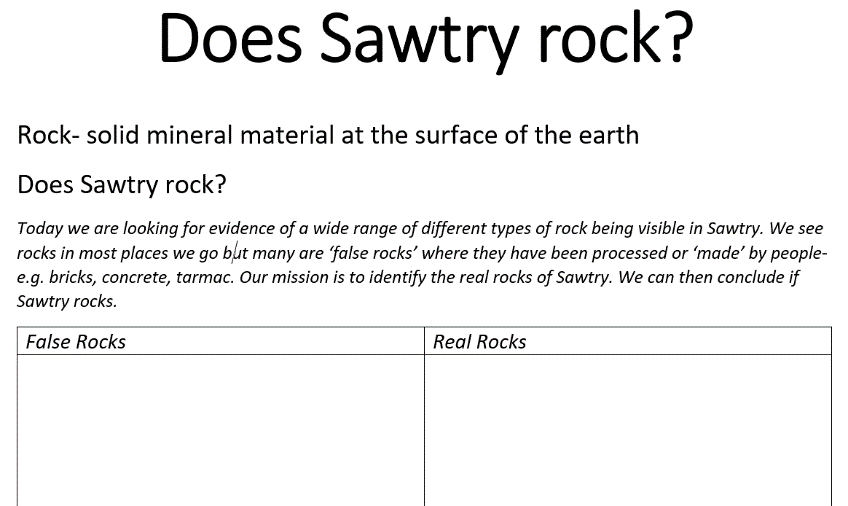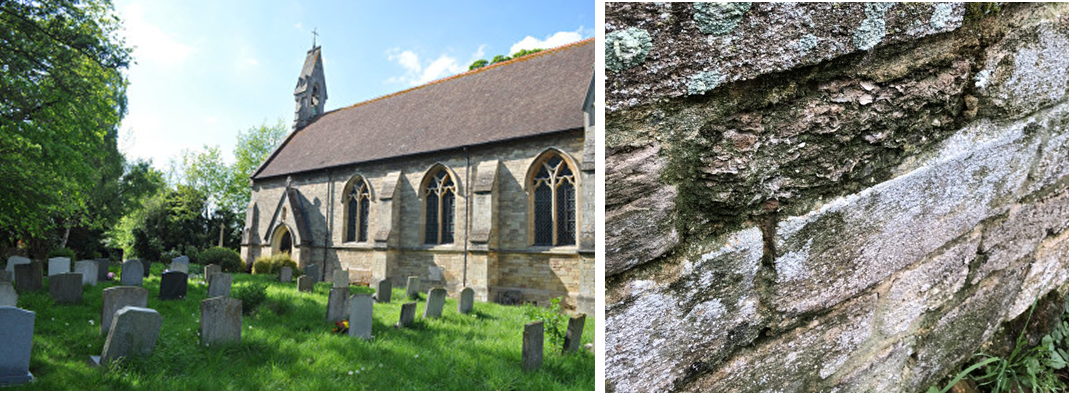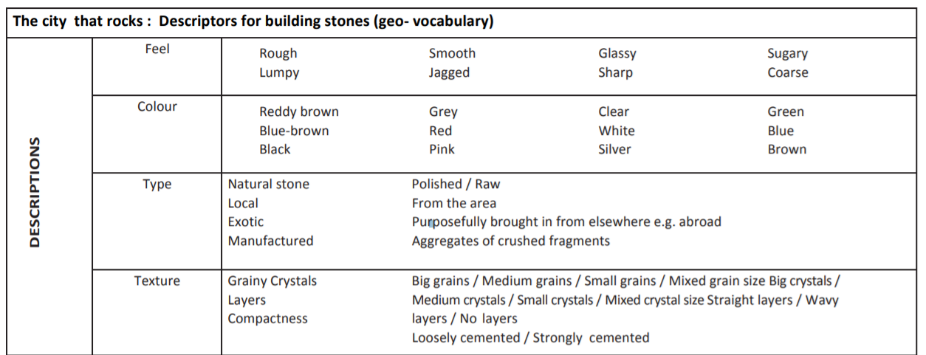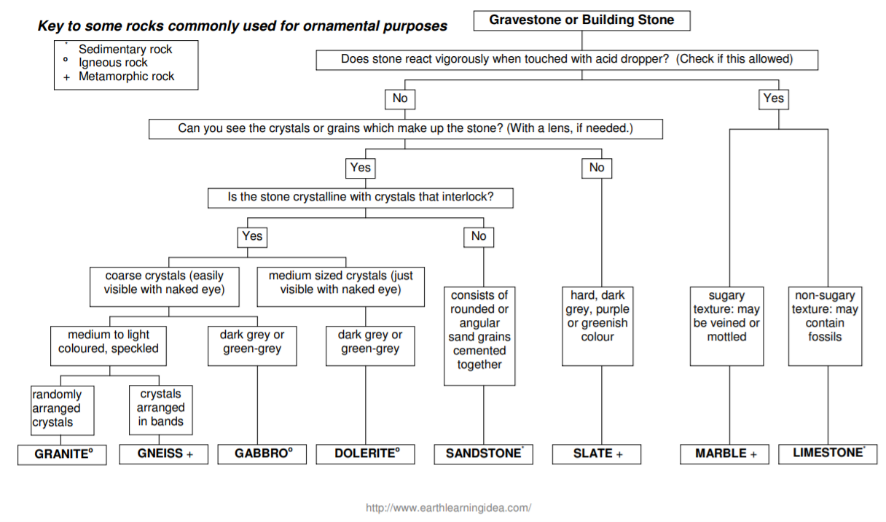Written by Keith Hicks (PGSIG member)
Introduction
Does your local area rock? And I mean actually rock, does it have a diverse and wide ranging use of geology that make up the building, surfaces and artefacts or is it an area dominated by false geology, a small landscape of concrete and tarmac?
The basic ideas of geology and rock identification takes place well in many classrooms up and down the country each year. Different rocks samples passed around with discussions on their weight, textures and colours as students look to classify them into sedimentary, metamorphic, and igneous. In this short blog I’ve presented some activities developed from ‘Earth Learning Ideas’ and Duncan Hawley’s 2018 GA conference session ‘Sheffield: The city that rocks.’[i]
A clear relationship exists between the physical world and its contribution to the human world that we construct. By taking students out into the local area (or the school site) to wrestle with some the concepts of geology is worthy of consideration. David Wright (2010) argues that basic geology is fundamental to geographical understanding and thus to teaching geography[ii]. While we won’t instantly transform students into knowing all rocks by name, we can begin a thinking process of looking at rocks, seeing the clues and identifying the differences.
Methodology and resources
The school I work in is in the village of Sawtry in Cambridgeshire. While the village has lots of history most of the village has been constructed in the last 50 years with new areas of houses bolted on bit by bit. Neither the school site or most of the village, as students soon came to realise, has any notable geology in building or construction with the vast majority being the false rocks or tarmac, concrete or local bricks. What we are fortunate enough to have is a Victorian Church and graveyard ten minutes walk away.

While the scene was set in the classroom we headed out to answer the question ‘Does Sawtry rock?’ Students were provided with the table in figure 1. Some verbal cues were given where needed to offer scaffold and the first couple of entries were modelled to the group to show the thinking process.

To support students in identifying the type of rock or at least its characteristics using the geo-vocabulary we used two resources from ‘Earth Learning Ideas.’
Very quickly students were identifying that the school and route to the church had almost no real geology. The isolated elements we found were mainly from driveways and front gardens as decorative features such as slate. I’m not sure how popular we were in the local community standing outside of local houses discussing geology in people’s gardens.
It wasn’t until we reached the church where substantial differences in rocks could be seen, from the path to the church through to the graveyard headstones. It was here that students were able to develop their eye for describing the rocks using the guidance sheets and then take this knowledge through to basic identification. Quickly comparison took place and students wrestled with what was different between the types of rock.

After an hour or so conclusions were being drawn up on the extent to which ‘Sawtry rocks.’ This provided a stage for a wider discussion on the geographical relevance and application to what had been seen today. Further down please see the ‘supporting geographical questions’ as a starting point for this. Not only can this activity develop the skills associated with examining rocks but there is great scope for sitting this is the wider field of geography. Depending on topics students have already studied will of course drive the discussions on this aspect.


Supporting Geographical Questions
- What is it that makes some geology more appropriate for building than others?
- Are some rocks considered more prestigious or attractive than others?
- Why the rise in human made materials (concreate, tarmac)? What are the implications of these?
- How do our findings today link in with globalisation?
- Is there a right rock to use?
- What are the wider impacts of a wide or limited range of geology being used in a local area?
- To what extent is your local area contributing to the Anthropocene idea? (See https://www.bgs.ac.uk/geology-projects/anthropocene/ for more information on this).
If you use any of these ideas or resources with your own students in the local area, let us know how you get on! Tweet us @GAPGSIG or email us at teachphysgeogblog@gmail.com.
References
[i] https://www.geography.org.uk/write/MediaUploads/Training%20and%20events/Conference/FieldVisit_Friday_Rocks.pdf
[ii] https://www.geography.org.uk/Journal-Issue/7bb11b9c-d9d6-4375-b1e6-ff9d678b1870
[iii] https://www.earthlearningidea.com/PDF/Rock_detective.pdf
[iv] https://www.earthlearningidea.com/PDF/134_Building_stones.pdf

Leave a Reply